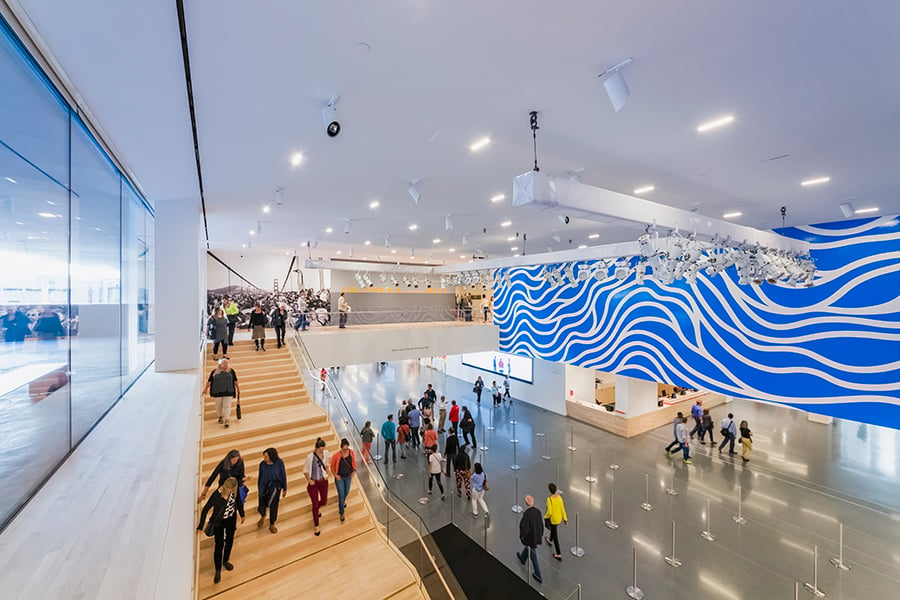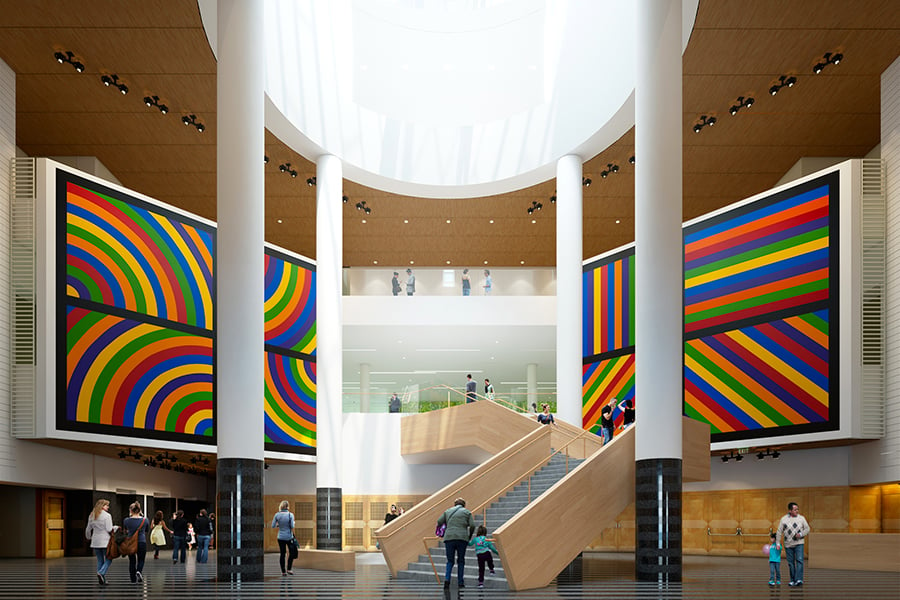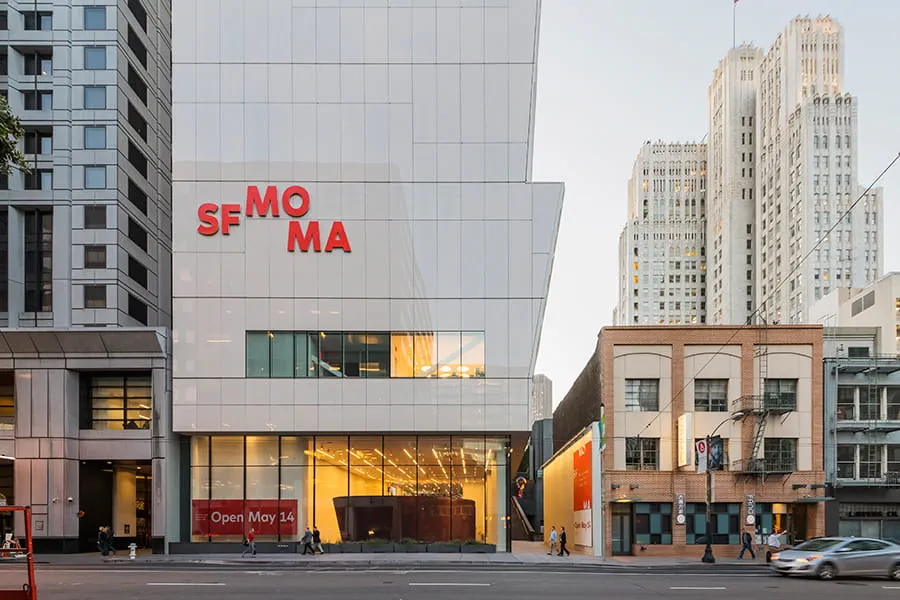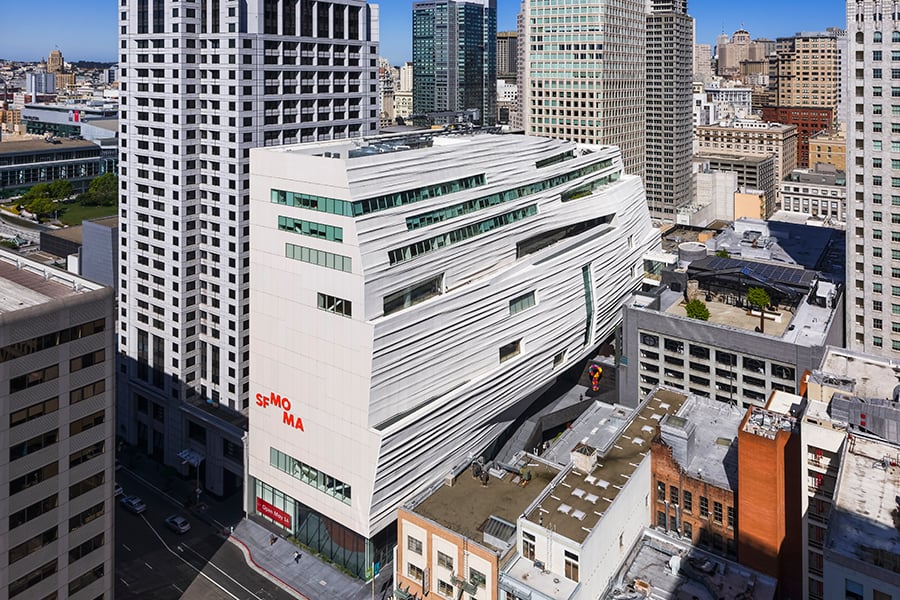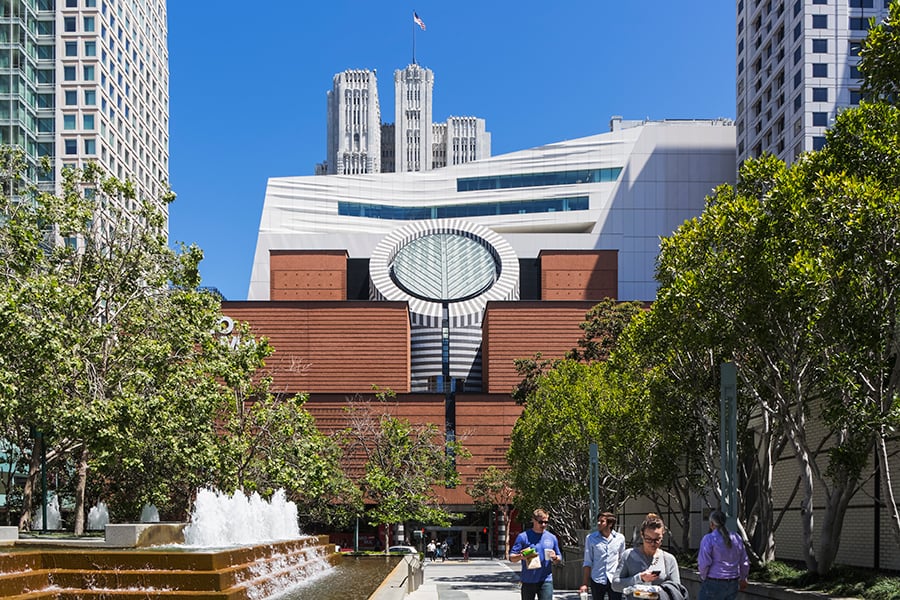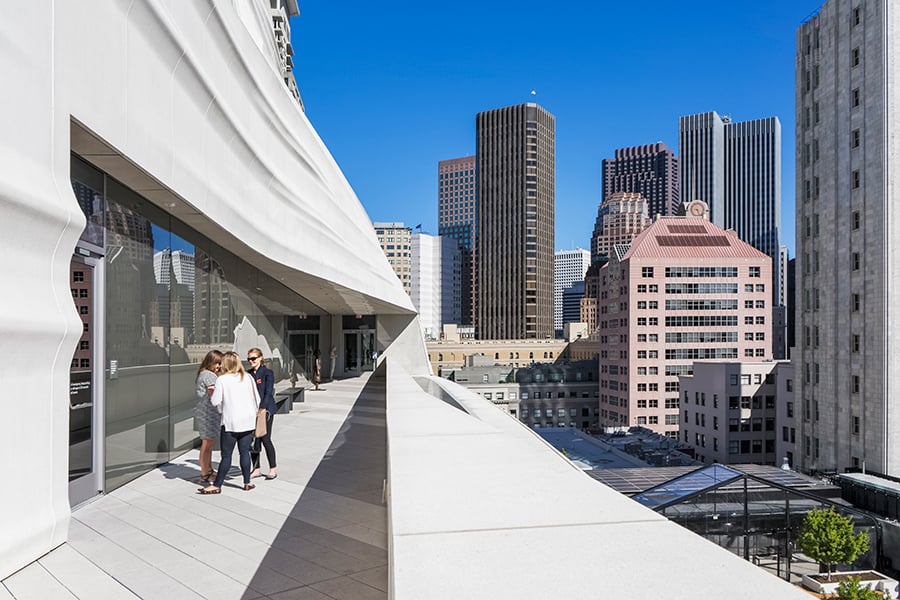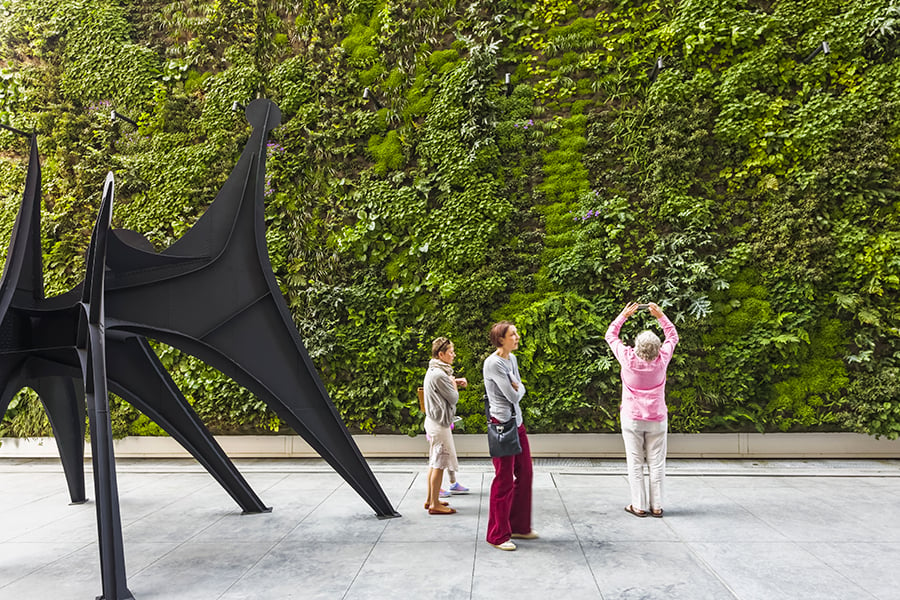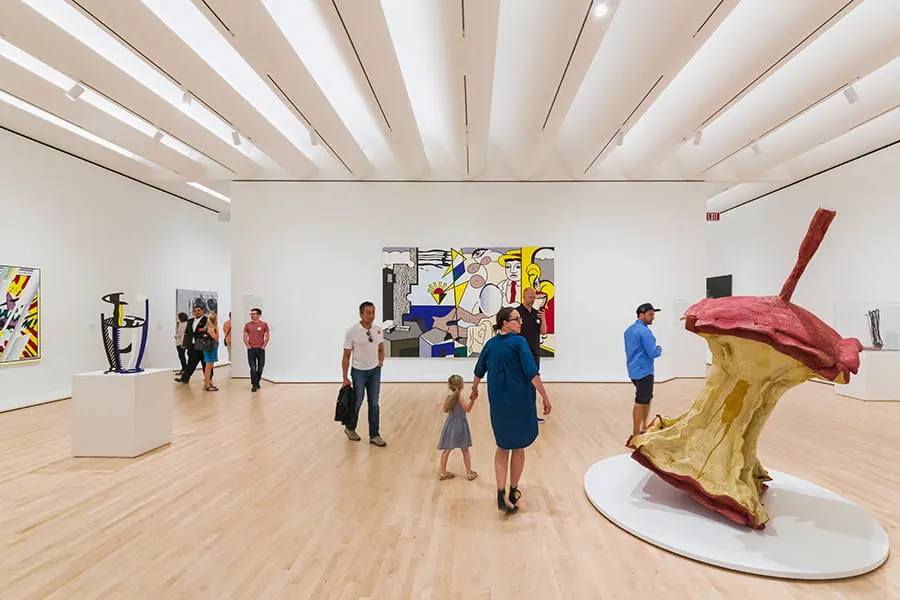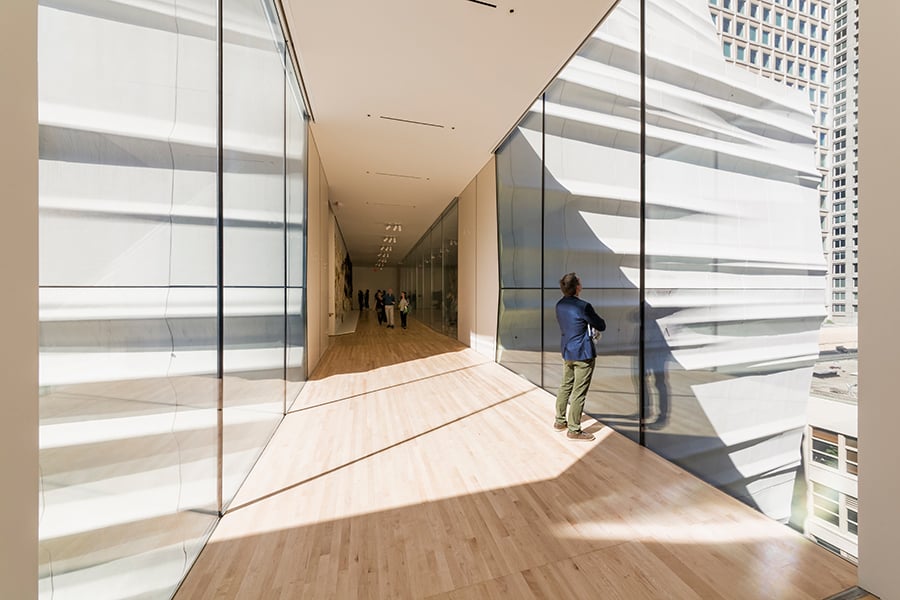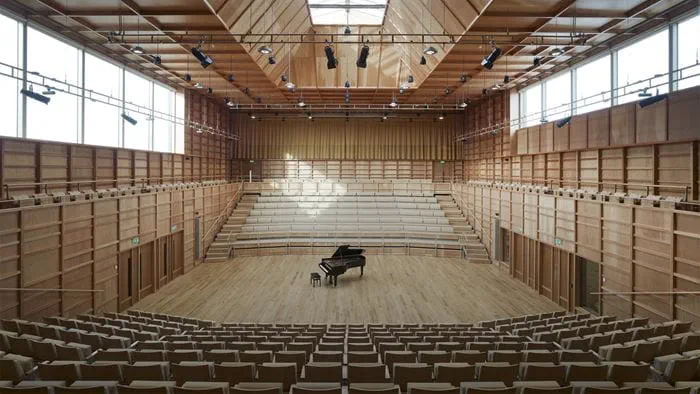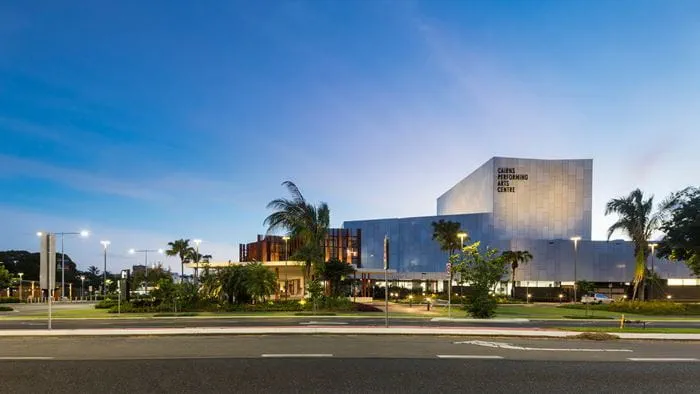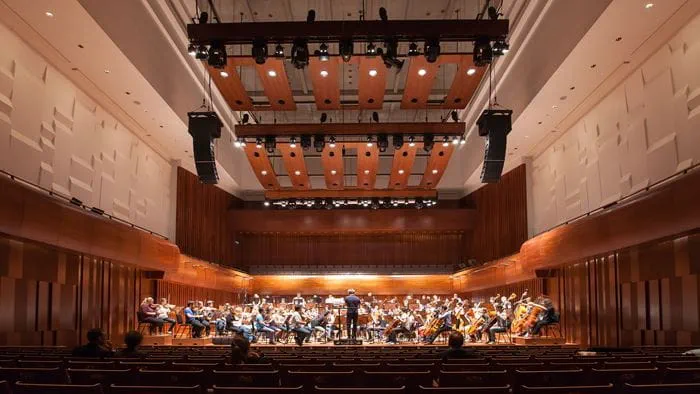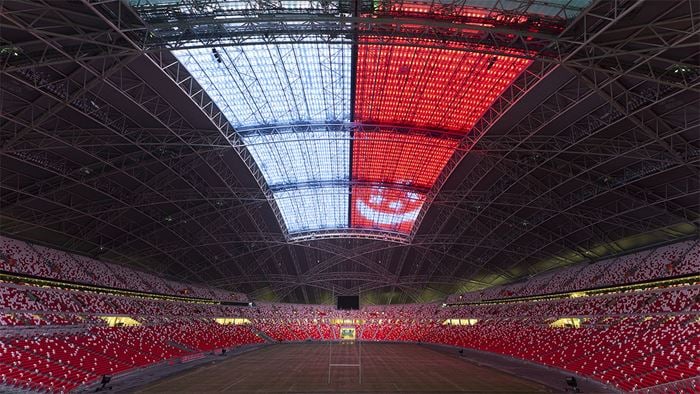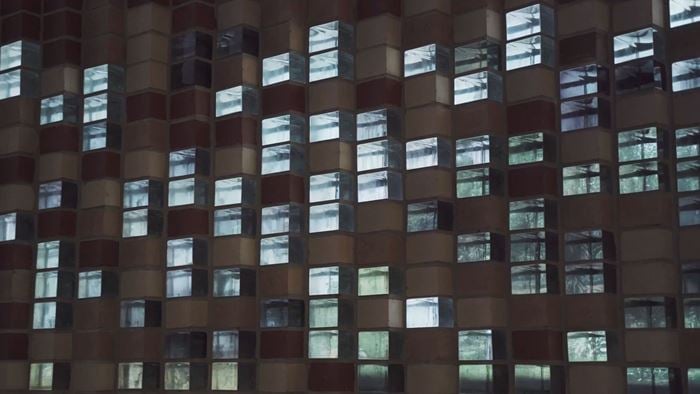The San Francisco Museum of Modern Art commissioned Snøhetta, EHDD Architects, and Arup for the highly anticipated addition to the original Mario Botta-designed building. The new LEED Gold building adds significantly to the museum’s galleries and public spaces and provides a new home for the Fisher Collection of contemporary art. For Arup, this project continues a long-standing collaboration with Snøhetta.
Arup was involved with all the elements which created the sensory environment of the building and galleries — lighting, acoustics, audiovisual technologies, and building envelope design. Our multidisciplinary approach integrated daylight and electrical lighting design strategies with room acoustic control and flexible audiovisual infrastructure to support a variety of curatorial needs. The close connections between room acoustics and audio reproduction, lighting and video display, daylight penetration and façade engineering leave a lasting impression on the public perception of the new building.
Moving through the museum
In addition to Arup’s lighting, acoustic, and façade scope, we completed a significant pedestrian model of the renovated museum lobby. The purpose of the pedestrian modelling work was to help the architect and museum better understand people's movements within the lobby space, demonstrating that the building meets flow requirements, while also making recommendations that improved wayfinding and the user experience.
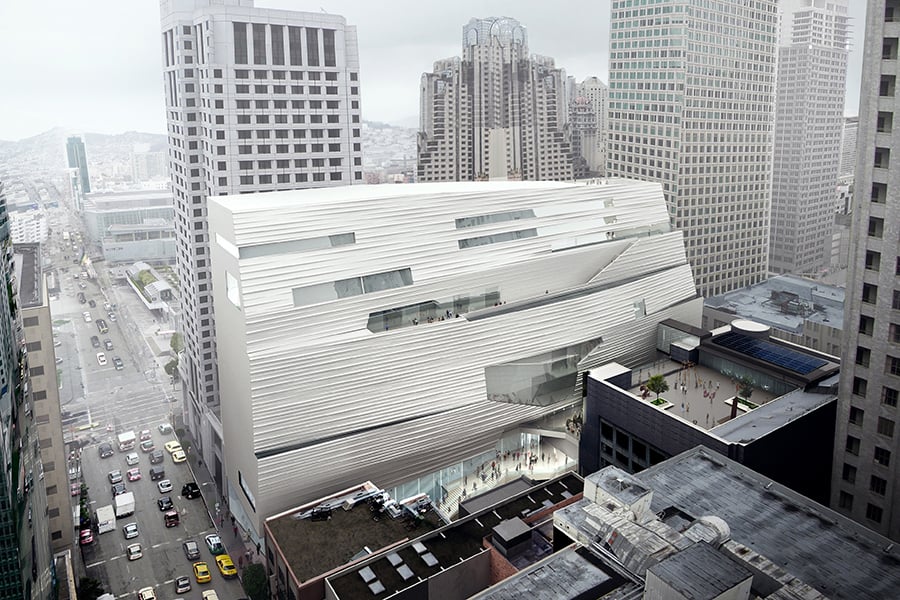
Attention to integration
Arup provided integrated room acoustics and flexible audiovisual infrastructure design to support a variety of curatorial needs. The room acoustics and sound isolation strategies were designed to create comfortable acoustic environments and minimise the impact of multimedia and performance art exhibitions on adjacent spaces. The gallery and education spaces are equipped with a range of flexible audiovisual connectivity that leverages the structured cabling backbone to create a converged AV-IT network.
The museum expansion also includes a versatile, double-height “white box” space equipped with cutting-edge lighting, sound, and rigging systems designed to support live performance art, as well as education, gallery, and meeting functions.
Arup’s façade engineering services also respond to the curatorial needs of the galleries and modify standard systems to meet the architect’s vision and the owner’s budget. Similarly, the daylighting strategies were developed in concert with the façade while considering the needs of the audiovisual display systems.
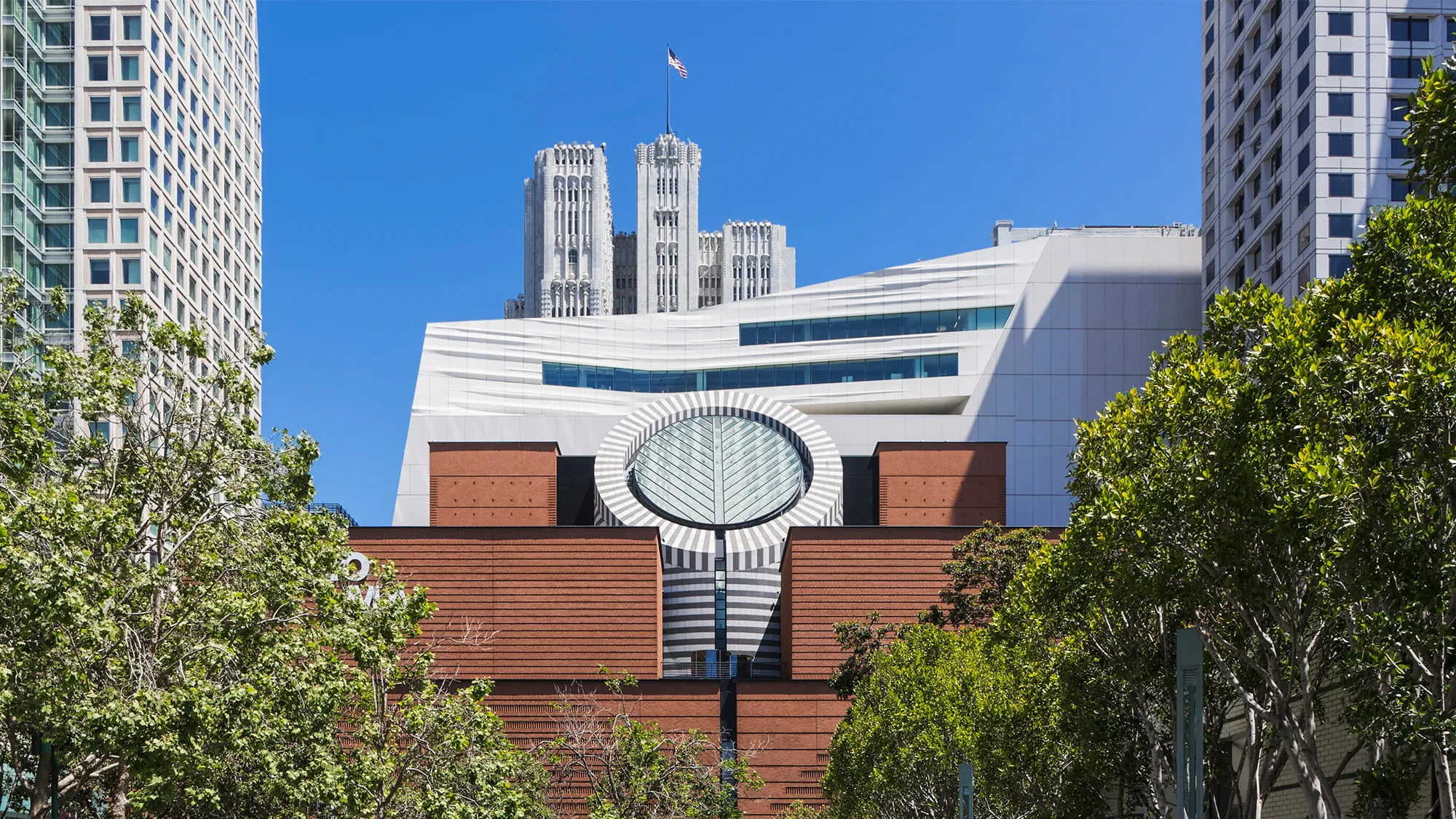 ;
;
